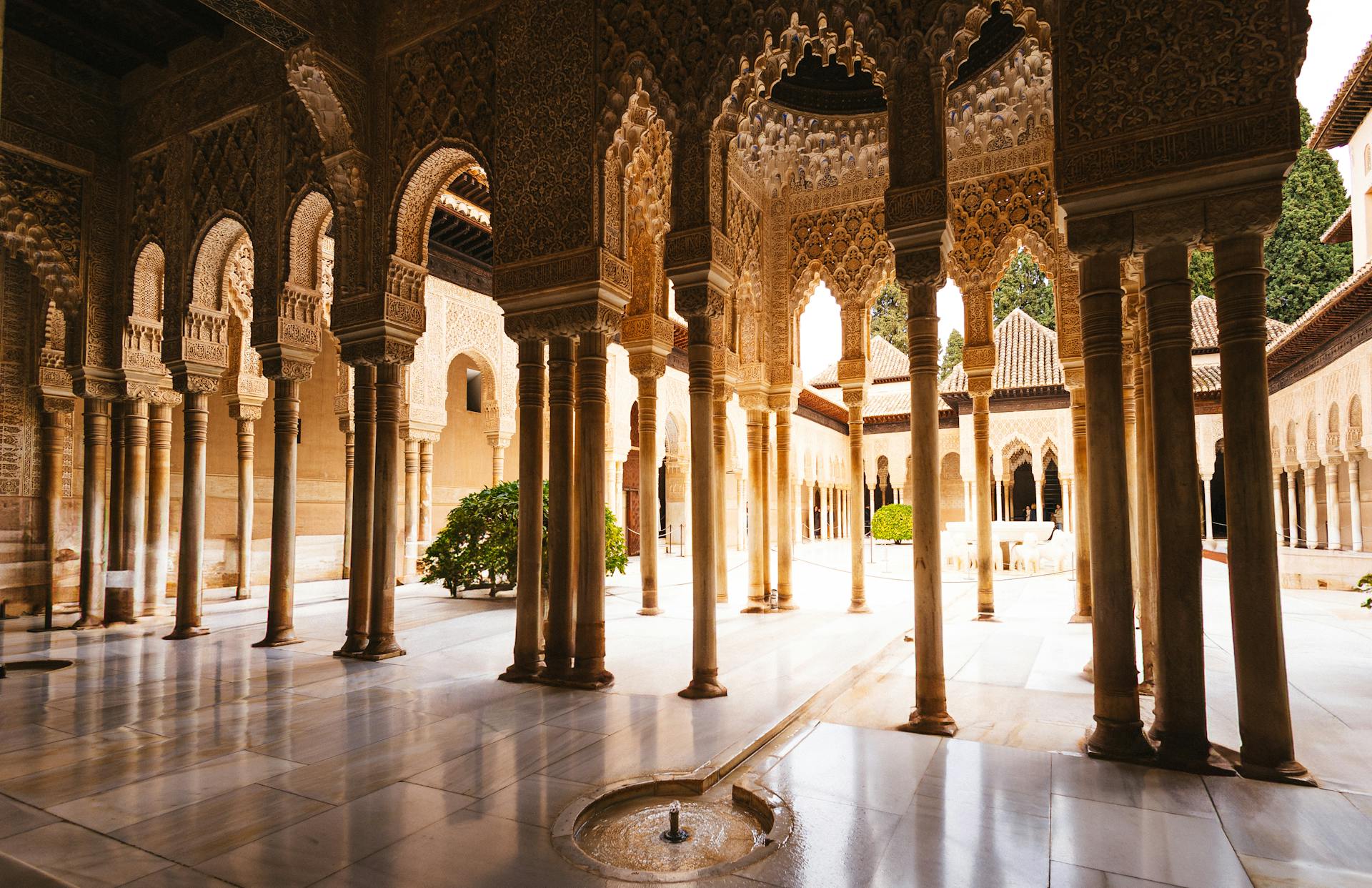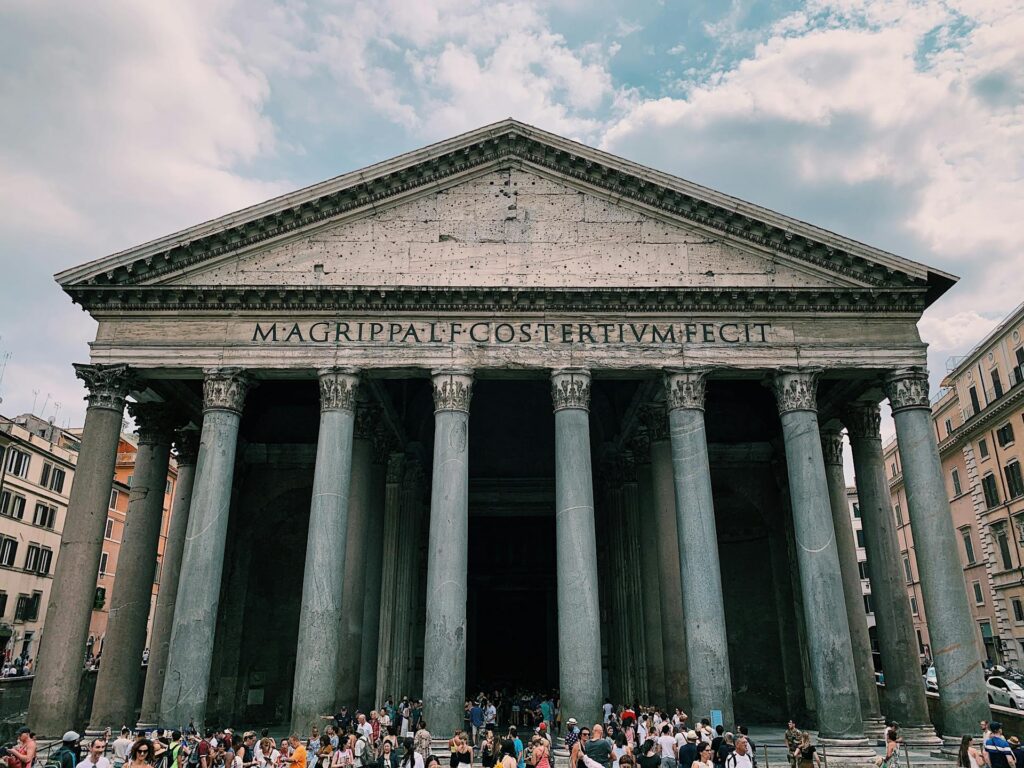Have you ever walked by a building and felt something inexplicably captivating about it, but couldn’t quite put your finger on why? It’s possible that the magic you sensed was the work of light and shadow architecture. This fascinating aspect of design can transform an ordinary structure into something extraordinary. Shadows, often overlooked, play a crucial role in architectural storytelling, giving life to buildings and revealing the stories they want to tell. Let’s explore how shadows work their magic in architecture, making buildings not just structures, but storytellers in their own right.
The Dance of Light and Shadow
In architecture, light and shadow have a profound relationship that can completely alter how we perceive a building. Shadows can define the mood of a space, guiding our eyes and shaping our experience. When a designer understands this interplay, they can use light and shadow architecture to craft spaces that are not only functional but also emotionally resonant. Imagine walking into a room where the shadows create a sense of tranquility, or standing in awe as the shadows cast by intricate designs on a wall tell a story of cultural heritage. These are not just coincidences but carefully crafted narratives designed by architects who understand the power of shadows.
Architects often harness the natural movement of the sun to create dynamic shadows that change throughout the day. This dynamic nature of shadows adds a layer of storytelling that static elements simply can’t provide. For instance, a building might appear serene and calm in the morning light, only to reveal a more dramatic and imposing character as the sun sets. This ever-changing quality invites us to engage with architecture in a way that is both interactive and deeply personal, making each visit a unique experience.
Shadows as Emotional Catalysts
Shadows in architecture aren’t just about aesthetics; they also serve as powerful emotional catalysts. By manipulating shadows, architects can evoke specific emotions and create atmospheres that resonate with the users of a space. A dark, shadowy corner might invoke feelings of mystery or introspection, while a sunlit atrium filled with dancing shadows can create a sense of joy and openness. This emotional storytelling is a subtle yet impactful way to connect with people on a deeper level.
Consider the use of shadow in sacred spaces. Many religious buildings use shadows to create an atmosphere of reverence and awe. The interplay of light and shadow can guide worshippers’ eyes toward focal points, such as altars or shrines, enhancing the spiritual experience. This thoughtful manipulation of light and shadow architecture allows architects to craft spaces that speak to the soul, inviting contemplation and connection.
Cultural Narratives in Shadow
Shadows have a unique ability to convey cultural narratives, offering insights into the identity and history of a place. In various cultures, traditional patterns and motifs are often integrated into architectural designs. When sunlight interacts with these designs, the resulting shadows cast intricate patterns that tell stories of cultural heritage and tradition. This technique can turn a building into a canvas, where light and shadow paint a picture of the past and present.
For example, in Middle Eastern architecture, the use of latticework screens known as mashrabiya allows sunlight to filter through, casting beautiful geometric shadows. These shadows not only add an aesthetic element but also reflect the region’s cultural emphasis on privacy and modesty. By incorporating such cultural elements into their designs, architects use light and shadow architecture to honor cultural heritage while creating spaces that are both functional and meaningful.
Shadows Enhancing Architectural Detail
The interplay of light and shadow can significantly enhance architectural details, bringing out textures and forms that might otherwise go unnoticed. When sunlight strikes a building at an angle, it highlights the contours and textures of the façade, creating a play of light and dark that adds depth and dimension. This technique can turn a flat surface into a dynamic work of art, with shadows accentuating every curve and angle.
Architects often use this technique to highlight specific elements of a building, such as columns, arches, or decorative details. By strategically placing these elements in relation to the sun, they can ensure that shadows fall in a way that enhances the building’s design. This careful consideration of light and shadow architecture allows architects to draw attention to the craftsmanship and artistry of their work, inviting viewers to appreciate the building’s beauty from different perspectives.
Shadows in Modern Architecture
In modern architecture, the role of shadows has evolved, becoming an integral part of sustainable design. As cities grow and space becomes limited, architects are increasingly using light and shadow architecture to create energy-efficient buildings. By understanding how shadows affect a building’s temperature, architects can design structures that maximize natural light while minimizing heat gain, reducing the need for artificial lighting and air conditioning.
One popular technique is the use of brise-soleil, or sun-shading devices, which control the amount of sunlight entering a building. These devices can cast geometric shadows that not only provide shade but also add a layer of visual interest to the building’s exterior. By using shadows to regulate temperature and enhance aesthetics, architects are creating buildings that are both environmentally responsible and visually striking.
The Psychological Impact of Shadows
The psychological impact of shadows in architecture is profound, influencing our perception and behavior in subtle ways. Studies have shown that the presence of shadows can affect our mood, making spaces feel either inviting or intimidating. Architects use this knowledge to design environments that encourage specific behaviors and interactions. For instance, a well-lit open space with minimal shadows might promote socialization, while a dimly lit area with deep shadows might create a sense of privacy.
In public spaces, such as museums and galleries, shadows can guide visitors through exhibits, drawing attention to specific artworks or displays. By controlling the flow of light and shadow, architects can create a narrative journey that enhances the visitor experience. This strategic use of light and shadow architecture allows architects to craft spaces that are not only functional but also emotionally engaging.

Shadows as a Tool for Innovation
Innovative architects are constantly exploring new ways to use shadows in their designs, pushing the boundaries of what’s possible. With advances in technology, architects can now use computer simulations to predict how shadows will interact with their designs, allowing them to experiment with different shapes and materials. This innovation has led to the creation of buildings that use shadows in unexpected and creative ways, transforming spaces into immersive experiences.
One such innovation is the use of kinetic façades, which are designed to move with the sun, creating dynamic shadows that change throughout the day. These façades not only provide shade but also create a mesmerizing interplay of light and shadow that captivates viewers. By embracing technology and innovation, architects can continue to explore the limitless possibilities of light and shadow architecture, creating spaces that inspire and delight.
The Art of Shadow Play
Shadow play is an art form that has been embraced by architects looking to add an element of surprise and delight to their designs. By creating intricate patterns and shapes that cast shadows in unexpected ways, architects can transform a simple wall into a canvas of light and shadow. This playful use of shadows invites viewers to engage with a building in a more interactive way, encouraging them to explore and discover the hidden stories within.
Incorporating shadow play into architectural design requires a deep understanding of how light moves throughout the day and how it interacts with different materials. Architects must carefully consider the placement of windows, screens, and other elements to ensure that shadows fall in the desired patterns. This attention to detail results in spaces that are not only visually stunning but also rich with meaning and intrigue.
Shadows in Landscape Architecture
The role of shadows extends beyond buildings to the surrounding landscape, where they play a vital role in shaping outdoor spaces. In landscape architecture, shadows can define paths, create focal points, and enhance the natural beauty of the environment. By understanding how shadows interact with plants, water, and other natural elements, landscape architects can create outdoor spaces that are harmonious and inviting.
For instance, the placement of trees and shrubs can create dappled shadows that provide relief from the sun while adding texture and depth to a garden. Similarly, the interplay of shadows on a water feature can create a sense of movement and tranquility, enhancing the overall ambiance of the space. By incorporating light and shadow architecture into landscape design, architects can create outdoor spaces that are both functional and aesthetically pleasing.
Shadows in Historical Architecture
Shadows have played a significant role in historical architecture, where they were often used to convey power and authority. In ancient times, architects used the interplay of light and shadow to create dramatic effects that emphasized the grandeur and significance of a building. This tradition continues today, with architects using shadows to connect modern designs with historical contexts.
For example, the shadows cast by the columns of ancient Greek temples were designed to create a sense of majesty and permanence. Similarly, the intricate stone carvings of Gothic cathedrals cast shadows that added depth and detail to the façade, enhancing the building’s visual impact. By understanding the historical significance of shadows, architects can create designs that are both timeless and contemporary, honoring the past while looking to the future.
Shadows as a Symbol of Time
Shadows are a powerful symbol of time, marking the passage of the day and the changing seasons. In architecture, this symbolic aspect of shadows can be used to create spaces that are in tune with the natural rhythms of the earth. By designing buildings that respond to the movement of the sun, architects can create environments that are both sustainable and deeply connected to the natural world.
One example of this is the use of sundials, which have been used for centuries to tell time by tracking the movement of shadows. By incorporating similar elements into their designs, architects can create buildings that serve as reminders of our connection to the earth and the passage of time. This thoughtful use of light and shadow architecture allows architects to create spaces that are not only functional but also meaningful and reflective.
Conclusion
The role of shadows in architectural storytelling is both profound and multifaceted. From enhancing aesthetic details to conveying cultural narratives, shadows add depth, dimension, and emotion to architectural design. By understanding the interplay of light and shadow architecture, architects can create spaces that are not only visually striking but also rich with meaning and emotion. As we continue to explore the possibilities of this dynamic relationship, we open ourselves to a world of architectural innovation and storytelling that invites us to see buildings not just as structures, but as living, breathing stories waiting to be told.

Recent Posts
15 Floor Plan Graphic Styles That Will Elevate Your Presentation Game
The Role of Shadows in Architectural Storytelling
When Furniture Becomes Architecture: Blurring the Line